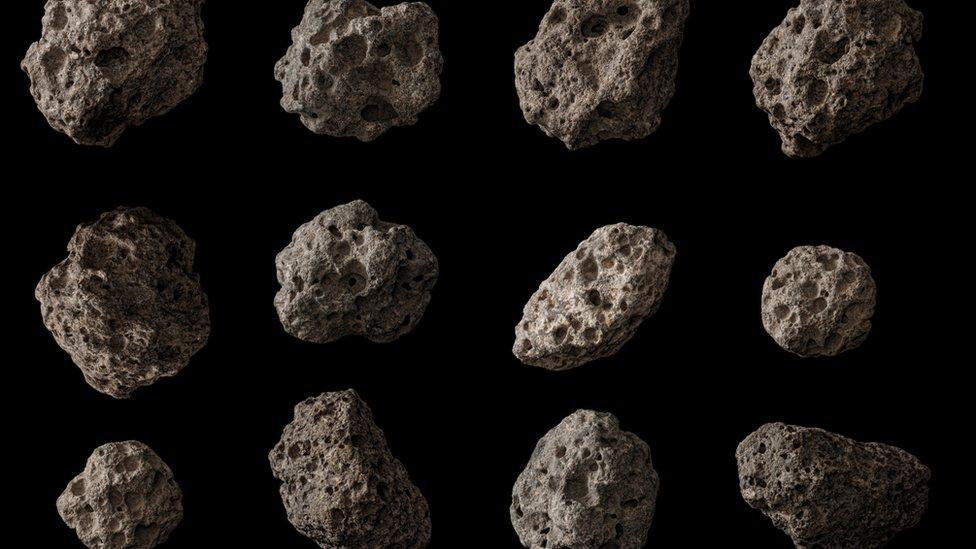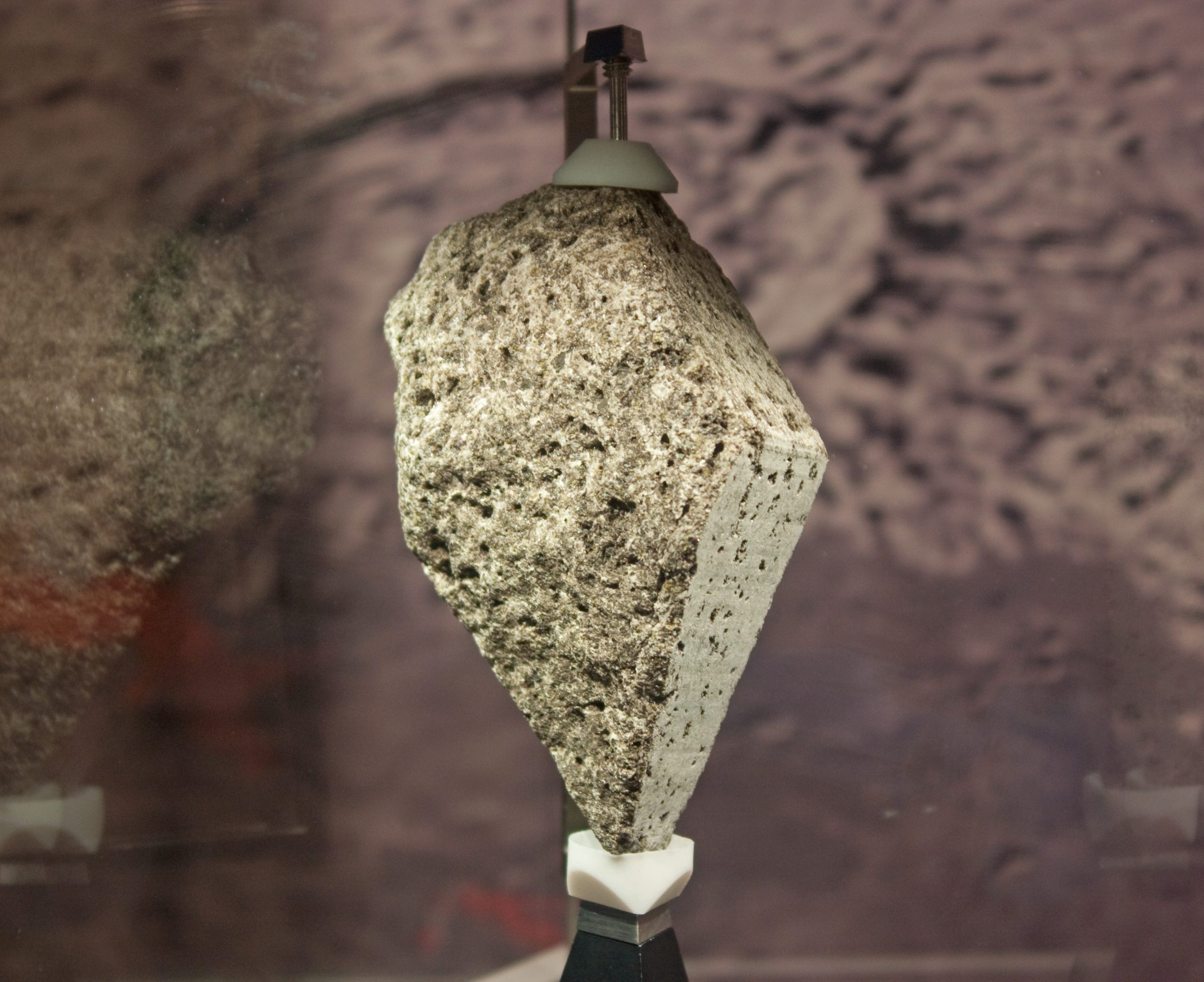The Moon has always fascinated humanity, serving as a beacon in the night sky and inspiring countless myths, scientific inquiries, and space missions. However, beyond its celestial beauty, the Moon holds invaluable clues about the early history of our solar system. Through lunar geology—the study of the Moon’s composition, structure, and surface processes—scientists have uncovered crucial information about planetary formation, asteroid impacts, and even Earth’s own past. https://www.nbcnews.com/mach/science/apollo-moon-rocks-may-unlock-more-secrets-about-our-solar-ncna1018686.
The key to these discoveries lies in moon rocks brought back from various space missions, each carrying a story billions of years old.
How Did the Moon Form? A Closer Look at Its Origins
To understand the significance of lunar geology, we first need to explore how the Moon was formed. The most widely accepted theory is the Giant Impact Hypothesis, which suggests that around 4.5 billion years ago, a Mars-sized body (often called Theia) collided with the early Earth. This colossal impact ejected massive amounts of debris into space, which eventually coalesced to form the Moon.
Evidence supporting this theory comes from chemical similarities between Earth and Moon rocks. Studies show that lunar rocks share many isotopic compositions with Earth’s mantle, suggesting a common origin. Understanding this formation process gives scientists insight into how planets evolve and the violent nature of the early solar system.
What Are Moon Rocks Made Of? Key Lunar Materials
The Apollo missions (1969-1972) brought back over 800 pounds (380 kg) of lunar samples, which have provided groundbreaking insights into the Moon’s composition. The Moon’s surface is covered by a layer of loose, fragmented material known as regolith, composed of tiny rock fragments, glass beads, and dust formed by billions of years of asteroid impacts.
Lunar rocks are categorized into three main types:
🔹 Basalt: These dark volcanic rocks formed from ancient lava flows on the Moon’s surface. The presence of basalt indicates that the Moon was once geologically active, with molten rock erupting from its interior.
🔹 Anorthosite: A light-colored rock primarily composed of plagioclase feldspar. Anorthosites are thought to be remnants of the Moon’s primordial crust, formed as lighter minerals floated to the surface of a vast magma ocean.
🔹 Breccia: These are fragmented rocks created by meteorite impacts, cemented together by heat and pressure. Their composition tells scientists about the Moon’s long history of bombardment by space debris.
These rocks help researchers reconstruct the Moon’s geological history and, by extension, gain a deeper understanding of planetary evolution across the solar system.
The Importance of Lunar Craters: Cosmic Time Capsules
One of the most striking features of the Moon’s surface is its abundance of impact craters. Unlike Earth, which has an atmosphere, water, and tectonic activity that erases old craters, the Moon has preserved billions of years’ worth of impact history. By studying crater sizes and distributions, geologists can estimate the ages of different lunar regions and trace back significant asteroid impacts that may have affected both the Moon and Earth.
A prime example is the South Pole-Aitken Basin, one of the largest and oldest impact craters in the solar system. This massive structure provides evidence of the colossal asteroid impacts that shaped planetary bodies during the solar system’s chaotic early years.
Moon Rocks and the History of Volcanic Activity
Although the Moon is geologically inactive today, its past was marked by intense volcanic activity. The evidence for this comes from lunar maria, the dark, flat plains visible from Earth. These regions formed from vast lava flows billions of years ago, covering earlier craters and creating smooth plains.
Analysis of basalt samples from these maria shows that lunar volcanic activity was most intense around 3-4 billion years ago. The discovery of volcanic glass beads in some moon rocks also suggests that the Moon once had fire fountain eruptions, where lava spewed into the vacuum of space before falling back to the surface. These findings help scientists understand volcanic processes on other planets and moons, such as Mars and Jupiter’s moon, Io.
What Moon Rocks Reveal About Water on the Moon
For many years, scientists believed the Moon was completely dry. However, recent studies of lunar samples and remote sensing data have challenged that assumption. Tiny traces of water molecules have been found within volcanic glass and minerals inside moon rocks, suggesting that some amount of water may have existed beneath the lunar surface or was delivered by comet impacts.
The discovery of water ice deposits at the Moon’s poles has sparked interest in potential future lunar missions, as this resource could support human exploration and even serve as fuel for deep-space travel.
The Moon as a Geological Archive of the Solar System

Unlike Earth, where erosion and tectonic activity constantly reshape the surface, the Moon’s geology remains largely unchanged over billions of years. The Role of Geology in Space Exploration: How Scientists Study Other Planets – GIS Valley This makes it a unique time capsule, preserving records of the early solar system’s chaotic history. Some of the key insights gained from lunar geology include:
🌍 Clues about Earth’s Early History: Since Earth and the Moon formed together, studying lunar rocks helps scientists infer details about our planet’s early composition and the formation of continents and oceans.
☄️ Impact History: The Moon’s cratered surface records the intensity of asteroid and comet bombardments over time, including impacts that may have influenced life on Earth.
🪨 Clues for Other Planetary Bodies: The processes observed on the Moon—volcanism, impact cratering, and space weathering—provide models for understanding rocky planets and moons across the solar system.
Future Lunar Exploration: What’s Next?
With the renewed interest in lunar exploration, missions like NASA’s Artemis program aim to return humans to the Moon and establish a sustainable presence. Future moon missions will:
🚀 Analyze untouched lunar regions—including the South Pole, where permanently shadowed craters may hold large water ice deposits.
🔬 Study lunar seismology to understand if there is any ongoing geological activity beneath the surface.
🏗️ Test new technologies for building habitats using lunar soil (regolith), paving the way for long-term human presence and exploration beyond the Moon.
Conclusion: The Moon’s Lasting Legacy in Science
Lunar geology has given us a window into the distant past, revealing how planets form, how asteroid impacts shape celestial bodies, and how volcanic processes evolve over time. The Moon, though seemingly barren, is an archive of cosmic history, holding secrets that help us understand not just our own planet, but the entire solar system.
As we prepare for the next era of lunar exploration, the knowledge gained from studying moon rocks will continue to shape the future of space science, planetary research, and humanity’s quest for deeper understanding of the universe.
Key Takeaways
✅ Moon rocks provide critical insights into planetary formation and volcanic activity.
✅ Impact craters serve as records of asteroid bombardment in the early solar system.
✅ The Moon has preserved evidence of water, challenging past assumptions of a dry lunar surface.
✅ Lunar research helps scientists study other planets, including Mars and asteroids.
✅ Future missions will further explore lunar geology, paving the way for space colonization.
The Moon, our closest celestial neighbor, is more than just a satellite—it’s a portal to understanding our past, present, and future in the cosmos.


